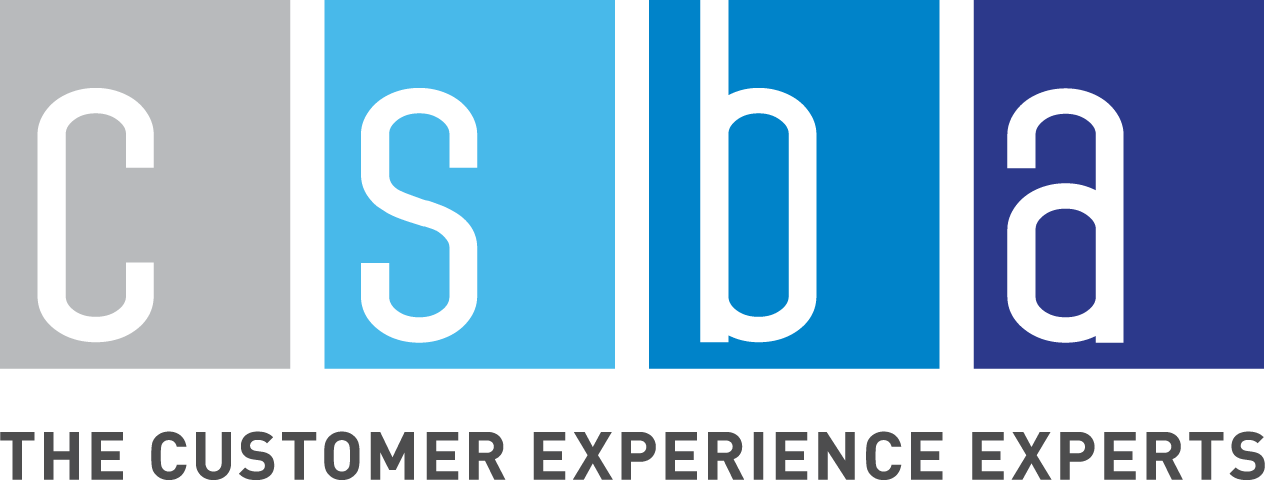Outsourcing CX insights from best practice experts Vs Insourcing. Are you asking the right questions?
Organisations often make the mistake of assuming they have the internal resources to survey, read and interpret data – that it is easy to assign or hire someone inhouse to do the job.
They may also mistakenly assume that insourcing is more cost effective without fully measuring the hidden costs of hiring, training, and retaining teams while investing in equipment and technology.
Reality check #1
Only the largest enterprises have the scale to fully support insourcing. A dedicated team of experts with specialised roles is needed to plan and manage an effective and efficient program. And even with sufficient inhouse resources, there is a risk of internal bias, often done unconsciously or defensively. The best practice is a blend that draws the strengths of both outsourced and internal talent and resources.
Reality check #2
Data collection and data insights are two separate things. The ability to capture data does not necessarily mean the ability to analyse data and provide insights. Crucially, the preparation prior to running a customer insights program for example, what questions are asked and how they are phrased, determines the quality and credibility of data that is captured.
Reality check #3
Insights are impactful only if they are timely and actionable. Regular reporting, preferably in real time and including verbatims, must be easy to use and shared across the organisation to keep all stakeholders informed and engaged. Expertise is required to develop or improve organisational systems and processes.
Questions to ask yourself
- Do you have an inhouse team of dedicated experts to design and manage a customer insights program?
- What will it cost to hire, train, and retain an experienced inhouse team?
- Do you have the tools to track movements, trends, flag critical service and safeguard issues?
- What will it cost to purchase and maintain equipment and technology?
- How will you collect data from multiple channels as part of a customer feedback loop?
- What will it cost to develop a comprehensive reporting platform to engage all stakeholders in real time?
- Do you have a team that is independent and impartial – free from internal politics or interference?
- Will your team use best practice standards specified by ISO 20252 for market, opinion, and social research? This new standard, particularly in a climate of escalating cybercrime, ensures the safe behaviour of quality data management throughout the entire project, including research, collection, processing, analysis, and reporting.
- Will outsourcing avail you more time and resources to focus on your core competencies and other business aspects?
As Senior Business Intelligence Manager at NGS Super, Sadeer Jan explains, understanding the drivers behind customer satisfaction scores is key to closing the gaps.
“The more in-depth analysis we do, the more we learn about our members and the more we expect from the data. And that’s when improvements begin,” he said.
“Each year, we continue to evolve. And each year, CSBA never fails to point out elements to consider and tweaks our research program according to what we want to achieve. Our return on investment has been fantastic.”




